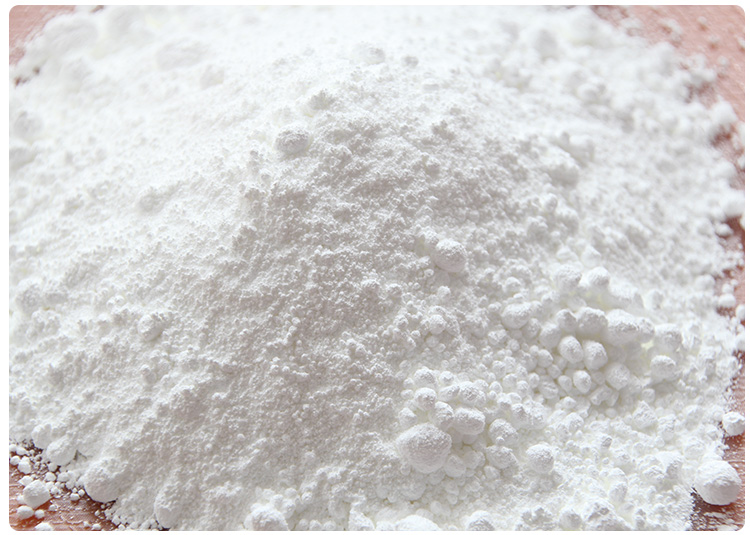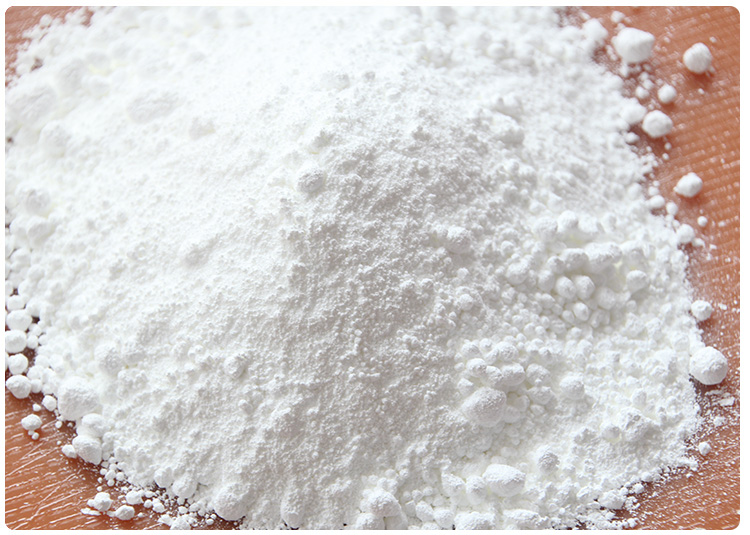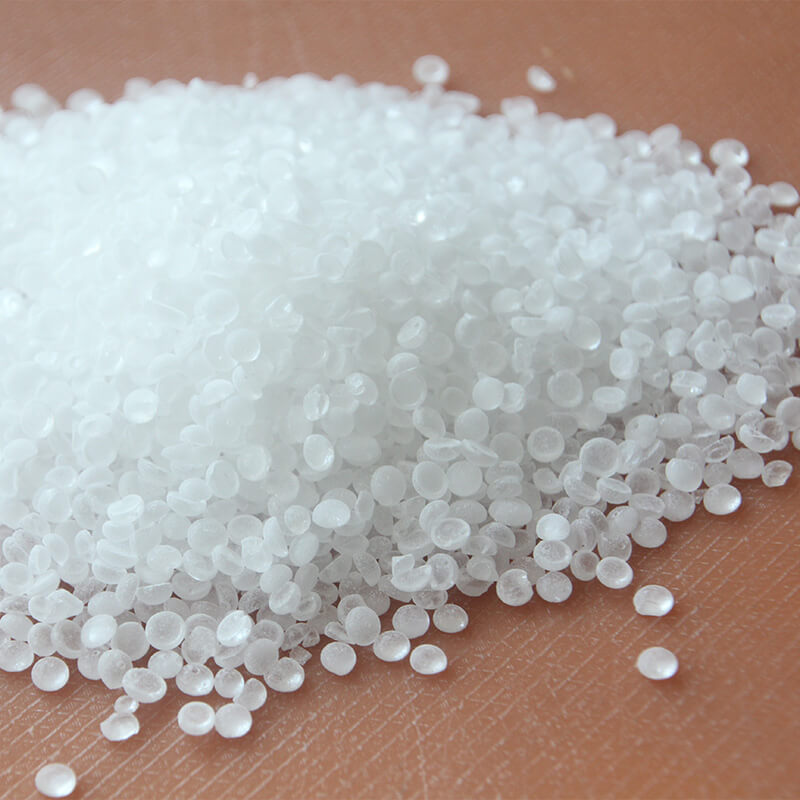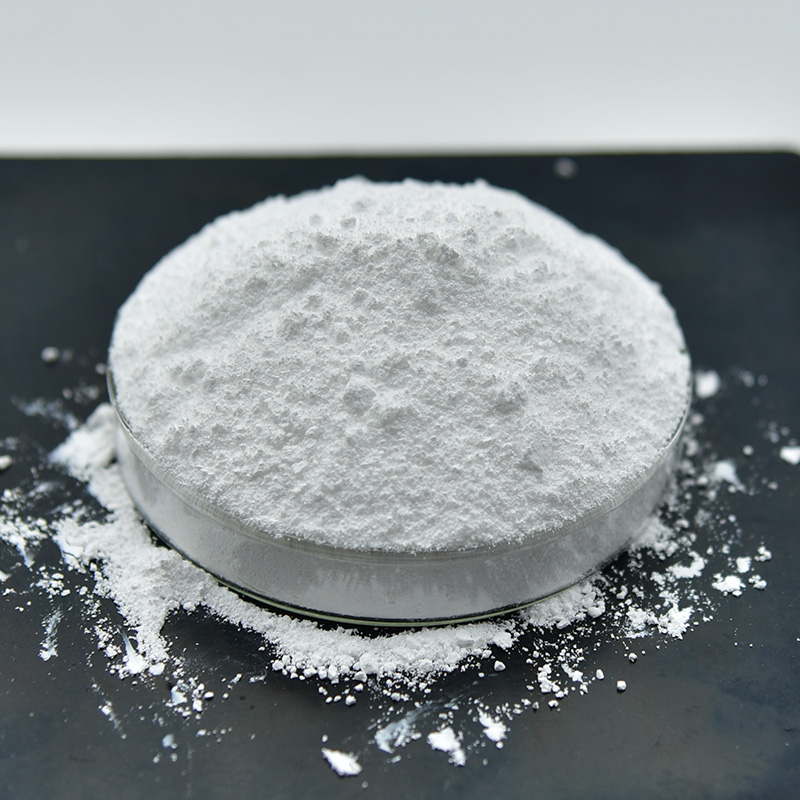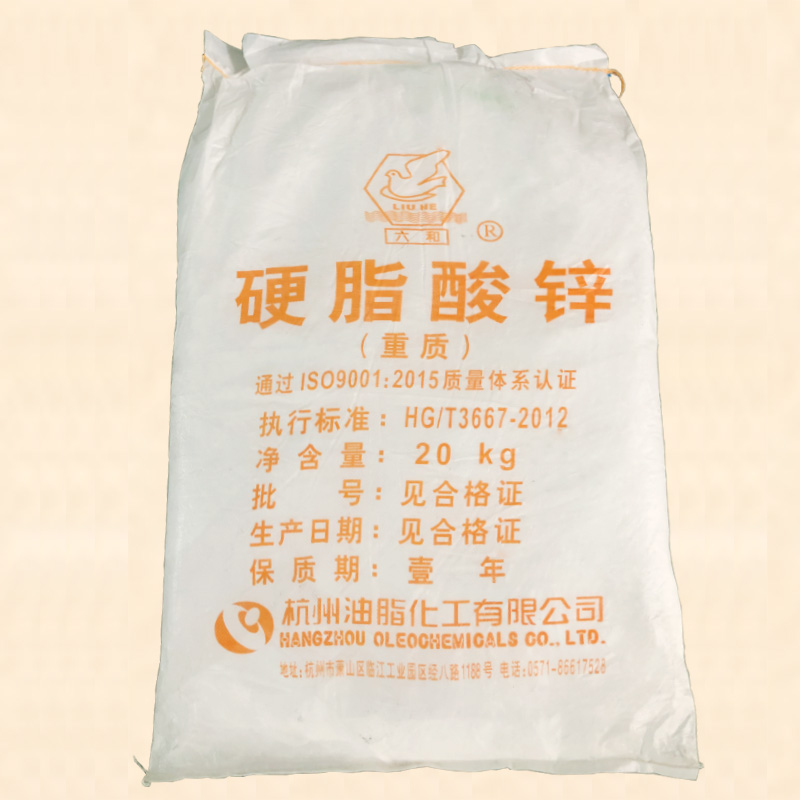Polypropylene manufacturing process
- Mingpai
- 2024-06-05 16:58:31
The manufacturing process of polypropylene (PP) typically involves several stages, starting from the monomer propylene and ending with the formation of a usable plastic product. Here is a general overview of the steps involved:
Propylene Production: The first step is to obtain propylene, the monomer used to make polypropylene. Propylene is primarily derived from fossil fuels, specifically from the cracking of hydrocarbons in crude oil or natural gas. Steam cracking of ethane, propane, or naphtha in petrochemical plants produces a mixture of gases, including propylene.
Purification: The propylene gas obtained from the cracking process is then purified to remove impurities such as propane, methane, and other hydrocarbons. This is typically done through fractional distillation.
Polymerization: The purified propylene is polymerized to form polypropylene. There are two main methods of polymerization:
Catalysts used can be Ziegler-Natta, metallocene, or single-site catalysts, each affecting the properties of the final PP product.
Gas Phase Polymerization: In this method, propylene, along with a catalyst and sometimes a co-catalyst, is introduced into a reactor vessel. The reaction takes place under controlled temperature and pressure conditions, resulting in the formation of solid polypropylene particles. These particles are continuously removed from the reactor, cooled, and conveyed to a finishing section.
Bulk or Solution Polymerization: This process involves dissolving propylene in a liquid medium, often in the presence of a catalyst, and carrying out the polymerization reaction. Afterward, the polymer must be separated from the solvent, which is an additional step compared to gas phase polymerization.
Additives and Compounding: To achieve specific properties or colors, additives such as antioxidants, stabilizers, fillers, pigments, or plasticizers are mixed with the polypropylene resin during a compounding stage. This is typically done in an extruder, where heat and shear force help disperse the additives evenly throughout the resin.
Molding or Extrusion: The compounded polypropylene is then shaped into the final product through various processes, including:
- Injection Molding: For producing complex shapes like bottle caps, toys, or automotive parts.
- Extrusion: For creating films, sheets, tubes, or profiles like pipes and cables.
- Blow Molding: Used for hollow objects like bottles and containers.
- Thermoforming: For shaping flat sheets into finished products like packaging trays.
Finishing and Cooling: After molding or extrusion, the products are cooled and trimmed if necessary to remove excess material or to achieve the desired finish.
Quality Control and Packaging: Finished products undergo quality checks before being packaged and shipped for distribution.
This process outline provides a general understanding of how polypropylene is manufactured from raw materials into usable plastic products, with variations depending on the specific plant technology, desired product specifications, and environmental regulations.



